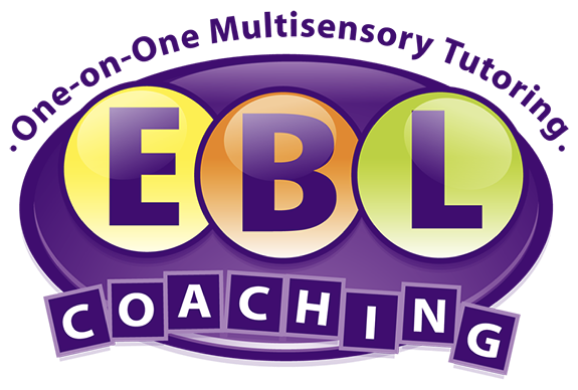
Is My Child Too Young for Tutoring?

As a parent, you might notice that your young child is struggling to learn the names of the letters and their corresponding sounds. They might have difficulty identifying and writing numbers. Other young children might have a quest for knowledge and yearn to learn new, more advanced academic skills. There is no official age when your child is too young for tutoring; it all depends on their individual needs and overall profile. The key to working with students as young as age 2 or 3 is to keep the sessions fun, engaging, and interactive. Tutoring can help your young child develop their academic skills in several areas.
Reading
When children are of preschool-age, the foundations of reading are being established. Learning key phonemic awareness skills can help strengthen their reading skills down the road. Tutoring can help your young child build phonemic awareness skills with targeted lessons, like the following:
The tutor might ask your child to name the first, middle, and final sounds they hear in the words mat, leg, pig, and so on. They might give the student two syllables, like “tall” and “est” and ask them what word is formed when they put the syllables together. Tutors can also work on rhyming skills by asking the student to name words that rhyme with mat, tug, pot, and other short words. From there, the tutor can work on teaching your child individual letter names using audio-visual flash cards with the letter on the front and a colorful key picture on the back. They might hold up the card to your child and say, “This is the letter a, like apple, it makes the sound /a/.” They can even take out a toy apple and ask your child to say the sound the word apple begins with. Later, once many sounds have been covered, the tutor can use magnetic tiles to work on blending sounds together to form words. The more multi-sensory and engaging the lessons are, the better!
Writing
Writing skills can also be developed at a young age. When introducing individual letter names, the tutor can also use a multi-sensory approach to teach students how to write each letter using specific formations. For example, for the lower case a, the tutor might trace the letter a in the sky, saying the formation out loud: around, up, and down. Then the child would trace the letter in the sky, first together with the tutor, then independently. Next, the tutor can take out a tray of colored sand and model tracing the letter in the sand. Then the student can do it on their own. When the child is ready, they can practice writing letters using dotted lines and eventually write them on paper without any assistance. A similar process can be used for learning to write numbers correctly: first in the sky, then in sand, then on paper.
Math
Math concepts can be taught starting at a very young age. Tutors can use real-life scenarios to make math engaging and playful. For example, they can play “grocery store” while building math skills. The tutor can bring a set of pretend red and green apples to the tutoring session. They can tell the child that they are “buying” two red apples and three green apples. The child would take out the appropriate number of red and green apples. Then the tutor might ask the child to count all the apples and explain that two apples plus three more apples equals five apples all together. The tutor can even take out a mini whiteboard when the child is ready and write on the board: 2+3=5. The same exercises can be done with larger quantities of objects, and the tutor can teach subtraction in a similar way. For example, they might say, “If I started with three apples but ate two of them, how many apples would I have left?” Making the exercises fun and playful for the child will help them enjoy learning while building key skills.
When learning is approached in an engaging, interactive manner with shorter durations of activities, there really is no age that is too young to start tutoring.
